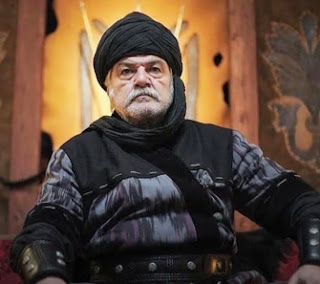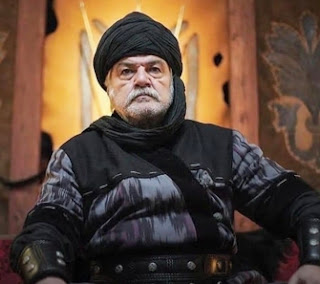After the passing of his dad, Suleyman, in 1086, he turned into a prisoner of Sultan Malik Shah I of Great Seljuq in Isfahan, however was delivered when Malik Shah kicked the bucket in 1092 in the wake of a fight among his jailers.[4] Kilij Arslan then, at that point walked at the top of the Turkish Oghuz Yiva clan armed force and set up his capital at Nicaea, supplanting Amin 'l Ghazni, the lead representative named by Malik Shah I. Following the passing of Malik Shah I the singular clans, the Danishmends, Mangujekids, Saltuqids, Tengribirmish asks, Artuqids (Ortoqids) and Akhlat-Shahs, had begun competing with one another to set up their own autonomous states. Alexius Comnenus' Byzantine interests additionally convoluted the circumstance. He wedded Ayşe Hatun, the little girl of the Emir Tzachas to endeavor to align himself against the Byzantines, who told a solid maritime armada. They had four children: Malik Shah, Mesud I, Arab and Toghrul. In 1094, Kilij Arslan got a let...









